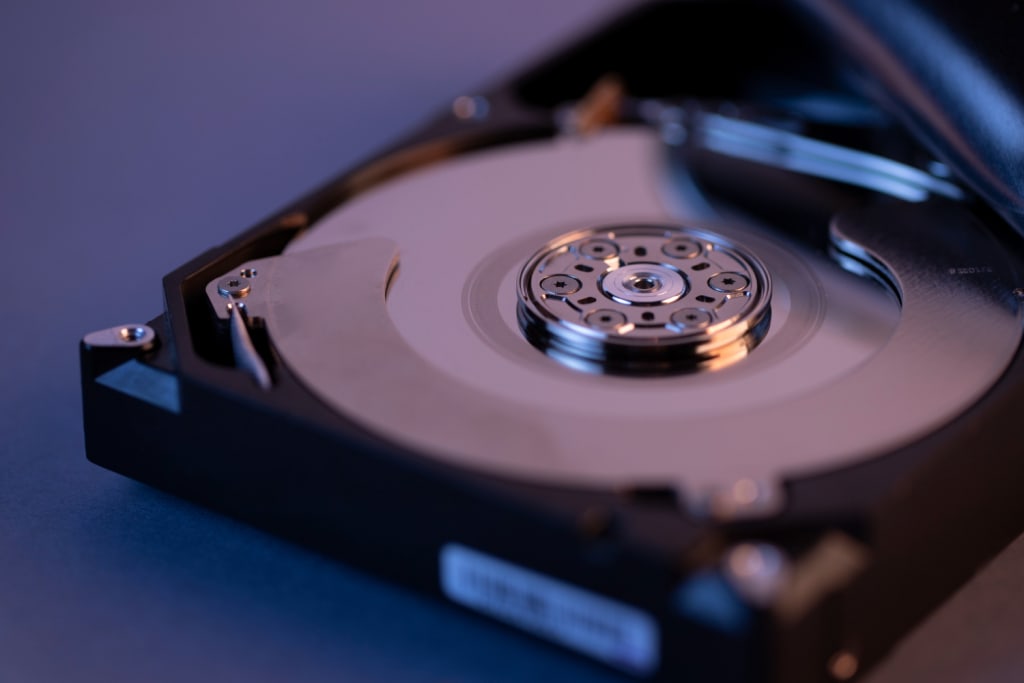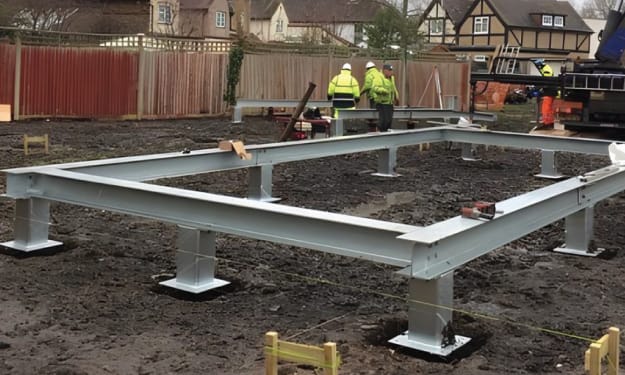Selecting the Best SSD for Server Storage and Home Server Use
Optimizing Performance and Reliability: A Guide to Choosing SSDs for Servers and Home Setups

Understanding the Importance of a Server SSD:
The server SSD drive isn't just another storage device; it's engineered to meet the strenuous demands of server operations. Conventional hard drives might falter when multiple users access data simultaneously or when large chunks of information are processed at once. However, the server SSD is designed to manage this efficiently.
Reliability: In server environments, uptime is essential. Traditional HDDs have mechanical parts, making them prone to failure over time. On the other hand, an SSD server disk has no moving parts, reducing wear and tear and enhancing longevity.
Performance Boost: SSDs provide quicker data access times than HDDs, ensuring that servers can fetch and serve information faster, benefiting end-users and administrators.
SSD for Server – Key Features to Look For:
Every SSD for server use is not created equal. To ensure you’re getting the best performance and value, focus on:
Durability: Look for SSDs that offer high endurance. Given servers' continuous read/write operations, you need an SSD server disk that won't degrade quickly.
Read/Write Speeds: Speed is crucial in server environments. The faster your drive can process data, the more efficient your server operations will be. Prioritize drives with high sequential and random read/write speeds.
Data Integrity: Features like error-correcting code (ECC) and wear leveling can help maintain the health and reliability of the server SSD drive.
Best SSD for Home Server – Factors to Consider:
The Best SSD for Home server might not face the same demands as enterprise servers, but choosing the right SSD hard drive for server use at home is still vital.
Storage Capacity: Depending on the purpose - media server, personal cloud, or game server, the storage requirement can vary. Generally, a 1TB server SSD should suffice for most home servers, but for more extensive media collections, consider 4TB or more.
Speed: While enterprise SSDs are designed for extreme speeds, for a home server, a mid-range server SSD drive can offer adequate performance without breaking the bank.
Budget: Home server setups usually have budget constraints. Thankfully, many reliable SSD server storage options are available at various price points.
Benefits of SSD Server Storage Over Traditional HDDs:
Switching from HDDs to SSD server storage is not just a trend but a significant upgrade.
Speed Advantage: HDDs use spinning disks, which means they have a physical limitation to how fast they can access or write data. In contrast, SSDs use NAND-based flash memory, granting them much faster access times and data transfer rates.
Durability: With no moving parts, SSD server storage faces less wear and tear, ensuring a longer lifespan and fewer failures.
Energy Efficiency: SSDs generally consume less power than HDDs. This efficiency means cooler server operations and potential savings in energy costs over time.
Understanding the Varieties of Server SSD Drives:
In SSDs, the differences between drive types are not just in the name. These distinctions often dictate the drive's performance, ideal use cases, and price points. Let's delve into the specifics of these major server SSD types:
SATA SSDs:
Overview: Standing for Serial Advanced Technology Attachment, SATA SSDs are a natural progression from the older HDDs that used the same interface.
Performance: While they're significantly faster than traditional HDDs, they're generally slower than NVMe SSDs. Most SATA SSDs offer sequential read/write speeds of 500-550 MB/s.
Use Cases: Their balance of cost and performance makes them the go-to choice for general-purpose tasks. For those setting up a home server—perhaps for media streaming, data backup, or light web hosting—a SATA SSD often offers the best bang for the buck.
Price: Typically, SATA SSDs are more affordable than their NVMe and SAS counterparts, making them a preferred choice for budget-conscious users.
NVMe SSDs:
Overview: NVMe, or Non-Volatile Memory Express, is a newer protocol designed explicitly for SSDs to exploit their speed. They connect directly to the PC or server's motherboard via the PCIe (Peripheral Component Interconnect Express) interface.
Performance: NVMe drives are renowned for their blistering speeds, with top-tier models offering sequential read/write speeds exceeding 3000 MB/s.
Use Cases: They're ideal for tasks requiring rapid data access, like high-end gaming, 4K or 8K video editing, and data-intensive server operations. For servers handling large databases or those used in real-time analytics, NVMe SSDs can be game-changers.
Price: Their advanced technology and superior performance come at a higher cost than SATA SSDs.
SAS SSDs:
Overview: Serial-attached SCSI (SAS) SSDs are a fusion of SATA's user-friendliness and the more robust, older SCSI.
Performance: While not as fast as NVMe SSDs, SAS drives offer faster data transfer rates than SATA SSDs and come with advanced error correction.
Use Cases: SAS SSDs are a staple in enterprise environments. They're designed for 24/7 operations and have features beneficial for RAID configurations, making them perfect for data centers and critical server tasks.
Dual-Port Advantage: One standout feature of many SAS drives is their dual-port support, allowing the drive to be connected to two different controllers. This redundancy enhances data availability and resilience.
Price: Given their enterprise-grade features and reliability, SAS SSDs often have a premium price tag.
Conclusion:
Investing in a server SSD, whether for professional settings or home use, is investing in speed, reliability, and efficiency. With various options available, it's essential to understand your needs and the features crucial to your operations. Doing so ensures a smooth digital experience, free from frustrating lags or unexpected server downtimes.





Comments
There are no comments for this story
Be the first to respond and start the conversation.